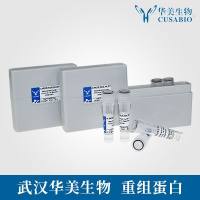Multiprobe Oligonucleotide Solution Hybridization for the Determination of Relative mRNA Levels
互联网
670
The ability to measure steady-state mRNA levels is central to the analysis of neuronal gene expression and, therefore, finds application across a broad range of neuroscientific research endeavors including the investigation of spatial-, temporal-, drug-induced-, or activity-dependent-differential gene expression, The actual measure required, however, depends to a large extent upon the experimental paradigm. For example, one of the first questions often addressed following the cloning of new genes is that of the tissue distribution of its expression, for which the technique of northern blotting (Alwine et al., 1977) is widely used (for example, see Webb et al., 1993). More detailed analyses of spatial expression patterns can be performed using in situ hybridization histochemistry (for example see Glencorse et al., 1993; Webb et al., 1994), the subject of a separate review in this volume (Bateson, 1998). The study of differential gene expression through development has also predominantly relied upon the techniques of Northern blotting and in situ hybridization histochemistry (for example see MacLennan et al., 1991; Laurie et al., 1992). These two methodologies are relatively straightforward to perform and allow the investigator to readily identify a brain region and/or cell type, or a developmental time point, where the gene of interest displays “maximal” expression without the need for rigorous quantification of mRNA levels.









